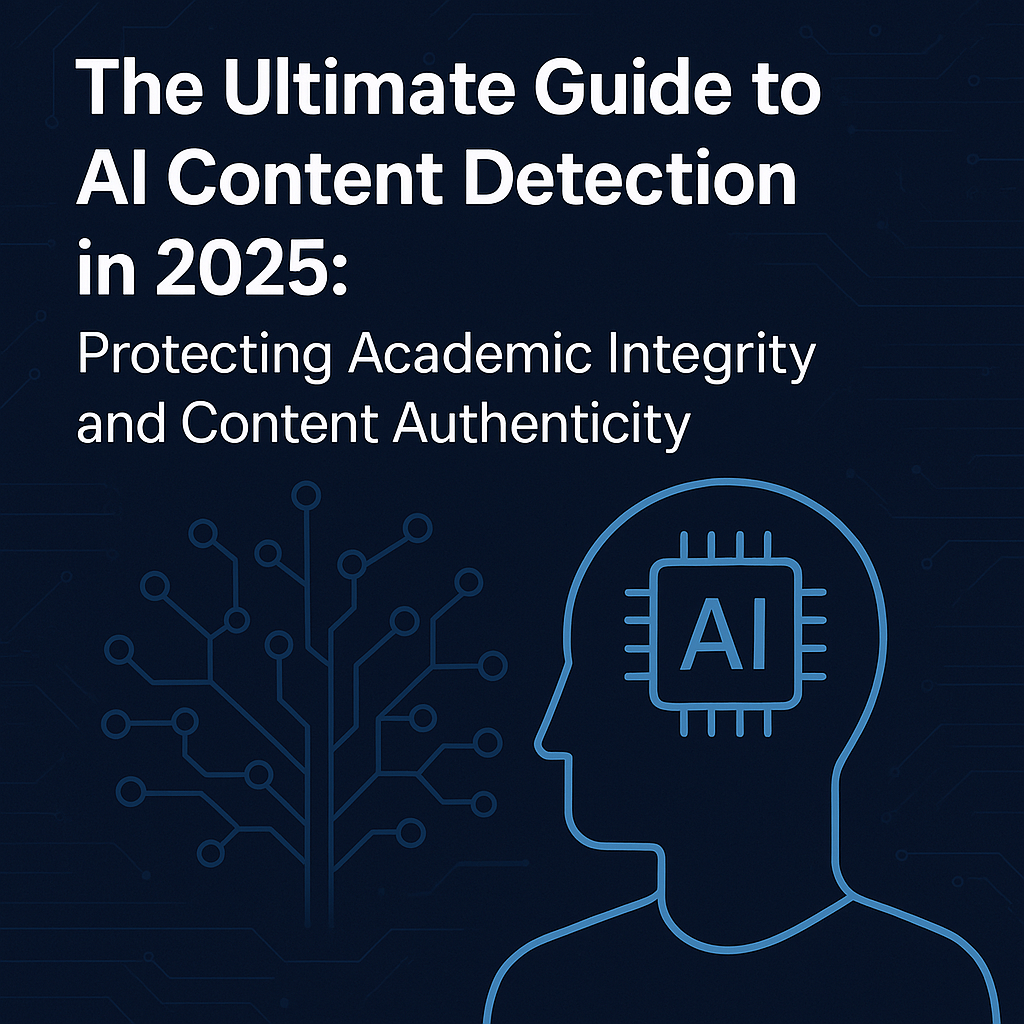The Future of AI Detection: Staying Ahead in the Technology Arms Race
Explore emerging technologies and approaches in AI detection as both generative AI and detection tools continue to evolve.
As generative AI models become increasingly sophisticated, AI detection tools must evolve to keep pace. This article explores the future of AI detection technology and the ongoing arms race between generation and detection.
Current AI detection methods typically analyze linguistic patterns, sentence structures, and statistical features that differentiate AI-generated text from human writing. However, as models like GPT-4 and beyond produce increasingly human-like text, these methods face growing challenges.
One promising direction for future detection is watermarking—embedding subtle, imperceptible patterns in AI-generated text that detection tools can identify. OpenAI and other organizations are researching cryptographic watermarking techniques that would allow content to be verified as AI-generated without affecting its readability.
Another approach involves analyzing not just the text itself but the patterns of how it was created. Human writing typically involves pauses, revisions, and non-linear composition, while AI-generated text is produced in a more continuous, linear fashion. Future detection tools might incorporate these behavioral signals.
Multimodal detection that considers context beyond just the text itself is also emerging. This might include analyzing the relationship between text and images, the consistency of style across a body of work, or the alignment with an author's previous writing.
As detection tools improve, so too will attempts to evade detection. We're already seeing the development of AI models specifically designed to produce text that evades current detection methods. This technological arms race will likely continue, with each advance in detection prompting new evasion techniques.
At StudentAIDetector, we're investing in research partnerships and continuous model updates to stay at the forefront of detection technology. We believe that maintaining the ability to distinguish between human and AI-generated content is essential for preserving trust in digital communication, protecting academic integrity, and ensuring fair attribution of creative work.
The future of AI detection will likely involve a combination of technological solutions, educational approaches, and evolving norms around the appropriate use and disclosure of AI assistance in content creation.
Share this article
Help others discover this content
About Dr. Alisha Patel
Dr. Alisha Patel specializes in AI ethics and the societal implications of artificial intelligence. Her research focuses on creating responsible frameworks for AI development and use.
